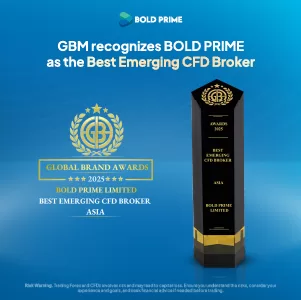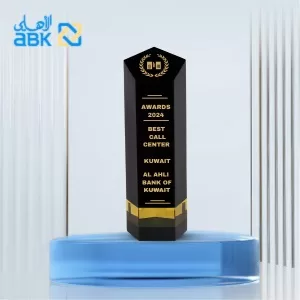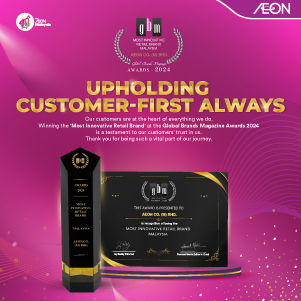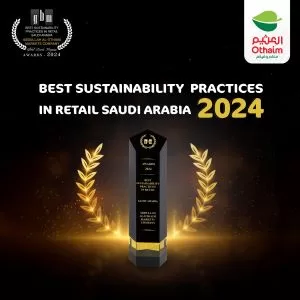Fashion
From Waste to Wardrobe: Hugo Boss Bets on Biodegradable Fashion
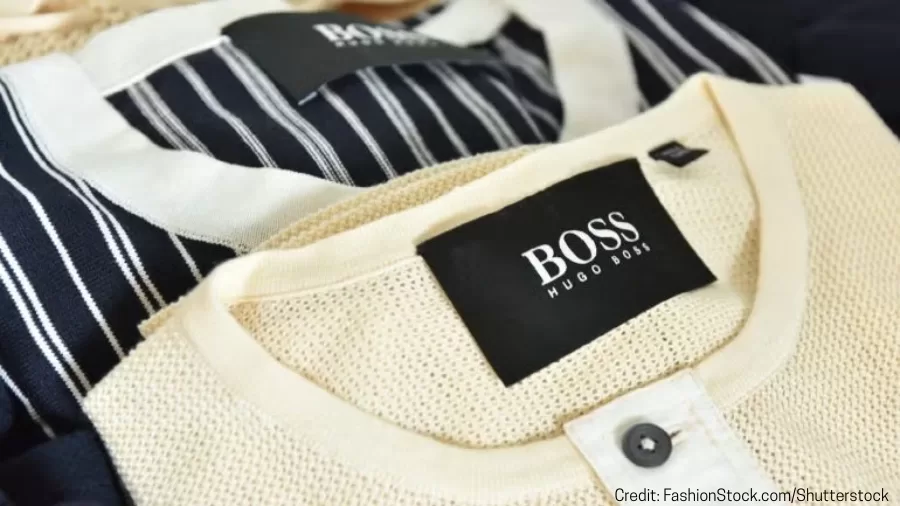
- Hugo Boss has announced NovaPoly, a degradable polyester alternative developed with Jiaren Chemical Recycling and NBC LLC.
- The yarn is made from recycled content and designed to degrade under landfill conditions, supporting circular fashion goals.
I came across the news about NovaPoly while scrolling through a materials science blog one quiet Saturday morning.
You know the kind of moment—coffee in one hand, phone in the other, half-reading headlines. But then something stuck. A headline about Hugo Boss launching a biodegradable yarn.
Not a startup. Not a one-off capsule line. Hugo Boss. One of the most established names in premium fashion.
And that made me stop scrolling.
For those of us who’ve watched sustainability become more than just a trend in fashion, this kind of announcement feels important. It’s one thing when niche labels push the eco envelope. It’s another when a brand like Hugo Boss, with stores in over 100 countries worldwide, throws its weight behind a new material.
NovaPoly is a yarn made from recycled polyester, but what sets it apart can break down in landfill conditions. We’re talking about a synthetic fabric that won’t stick around for centuries after it’s thrown away. That’s big.
Why Does This Matter?
Polyester is everywhere. It’s in our gym clothes, our jackets, and our shirts. It’s lightweight, it stretches, and it dries fast. It also doesn’t go away.
A regular polyester T-shirt can take over 200 years to degrade. Most of it ends up in landfills or, worse, as microplastic pollution in the oceans.
That’s where NovaPoly steps in. Developed by Hugo Boss in collaboration with Jiaren Chemical Recycling and NBC LLC, this yarn includes a natural additive that mimics the behaviour of organic fibres. When exposed to landfill-like conditions—moisture, bacteria, limited oxygen—it begins to break down.
While no exact timeline has been publicly confirmed, the yarn has been engineered to degrade faster than conventional polyester under these specific conditions.
Now, to be clear, this isn’t a fabric that disintegrates in your wardrobe. The yarn remains durable during wear and wash. The degradation process only kicks in under landfill environments.
So you still get performance and longevity until you decide to part ways with the item.
Hugo Boss and the Push for Better Materials
If you’ve ever walked into a Hugo Boss store, you know the look. Clean lines, precision tailoring, and a certain kind of understated confidence. Whether you’re picking up a sharply cut blazer or a weekend hoodie, the brand delivers a refined aesthetic.
But over the past few years, there’s been a shift.
Like many legacy fashion houses, Hugo Boss has had to address its environmental footprint. Pressure from consumers, investors, and the media has pushed large brands to think not just about how they design but what they use.
In response, Hugo Boss has published detailed sustainability targets. They’ve committed to sourcing 100% of cotton and wool from sustainable sources by 2025 and to reducing reliance on virgin synthetics in favour of more circular solutions.
NovaPoly fits squarely into this broader vision.
What’s interesting is how they’re rolling it out. Instead of launching it in a limited “green” line, NovaPoly will be integrated into the BOSS athleisure range. This is smart.
Athleisure is where synthetic fibres dominate. It’s the space where performance matters, and polyester still reigns. Replacing that with a recycled, degradable alternative without compromising comfort or functionality? That’s a win.
Hugo Boss has confirmed that NovaPoly will be introduced into its BOSS Green collection, with the first garments hitting global stores, online platforms, and selected wholesale channels starting October 2025. The material will feature in performance wear pieces within the Spring/Summer 2026 range.
The yarn itself is made not only from post-consumer textiles but also from production waste, collected and processed through partnerships with Jiaren and NBC LLC. The degradable aspect is enhanced with a natural additive to enable microbe-led breakdown in landfill-like conditions.
This isn’t just a lab concept—it’s a real product that will be on shelves within months.
A Move Toward Circular Fashion
You’ve probably heard the phrase “circular fashion” floating around. It refers to a system where clothes are designed, produced, used, and then either reused, recycled, or broken down without creating waste.
NovaPoly plays into this.
It’s made from recycled inputs, and it offers a more thoughtful end-of-life option. If the item isn’t reused or recycled—and ends up in landfill—it still has a chance to break down and re-enter the ecosystem.
That’s a step forward, especially as consumers across global sustainable fashion markets start to ask harder questions.
What happens after the last wear?
Is this product going to stay in a landfill for 500 years?
NovaPoly gives Hugo Boss an answer that most other major brands can’t yet provide.
Is This the Future of Eco-Friendly Yarns?
The real test will come down to scale and transparency.
Will Hugo Boss share data on how NovaPoly performs outside of the lab?
Will other brands be allowed to use this yarn, or is it staying exclusive?
If it performs as promised, NovaPoly could become a benchmark for synthetic yarns in circular fashion textiles.
We’ve seen bamboo, organic cotton, and biodegradable nylons get traction. But very few materials have balanced recycled inputs with controlled degradation. This yarn could open new doors.
I’ve already seen a few independent designers on social media express interest. One, based in Shoreditch, mentioned using NovaPoly in a 2026 capsule. They’re looking at performance wear that doesn’t compromise on ethics.
The timing is good. Global consumers want traceability. They want impact. And they want proof that a garment won’t leave a permanent mark.
Final Thought
The fashion industry still has a long way to go.
But when legacy brands like Hugo Boss invest in materials like NovaPoly, it sets a precedent. It tells smaller brands, suppliers, and consumers that sustainability doesn’t have to mean sacrifice.
It can look good. It can perform well. And, with the right science, it can disappear when it needs to.
That’s worth paying attention to.




